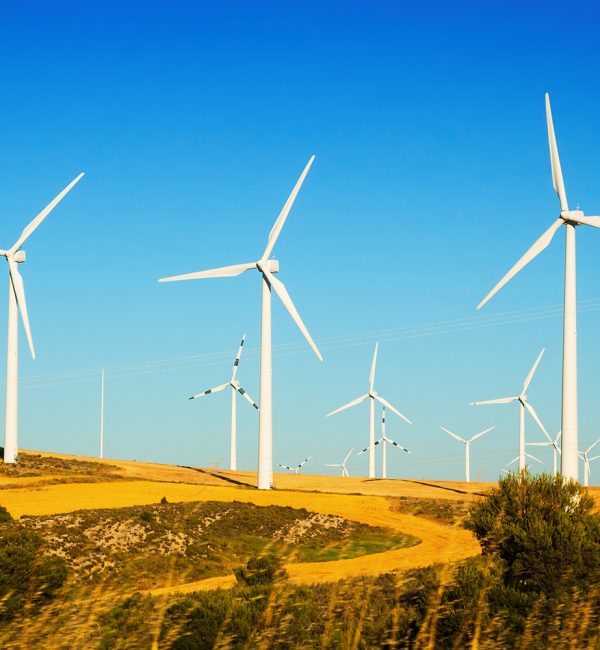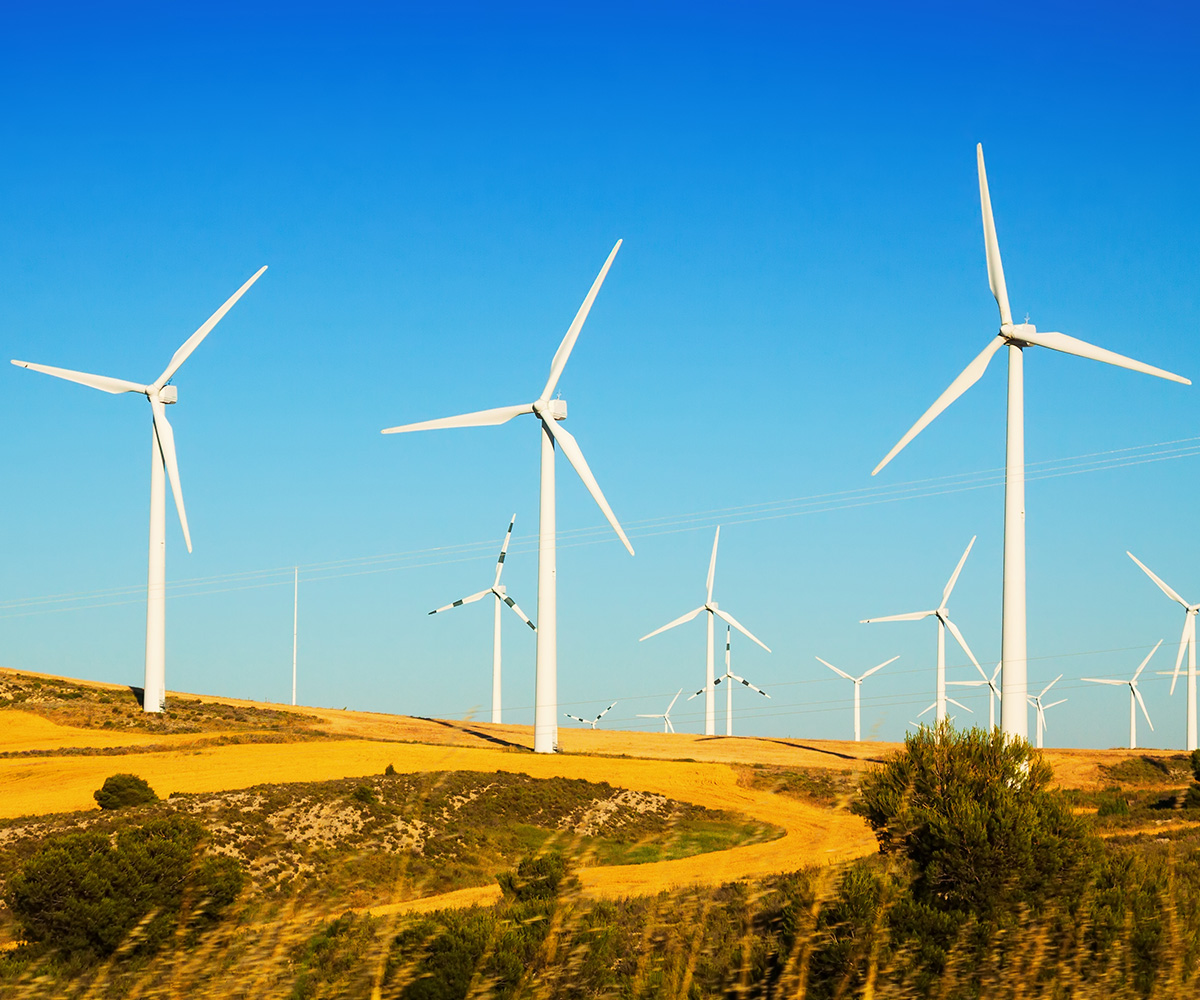Wind Generators Overview
Function: Wind turbines capture wind energy through rotating blades connected to a generator, producing electricity. The electricity generated is then fed into the grid or used directly on-site.
Applications
Utility-Scale Power Generation
Wind farms with multiple turbines generate large amounts of electricity, contributing significantly to the grid.
On-Site Power Generation
Smaller turbines can be used for local power generation, reducing dependence on external power sources.
Hybrid Energy Systems
Wind generators can be combined with solar or hydropower systems to create a more reliable and consistent energy supply.


